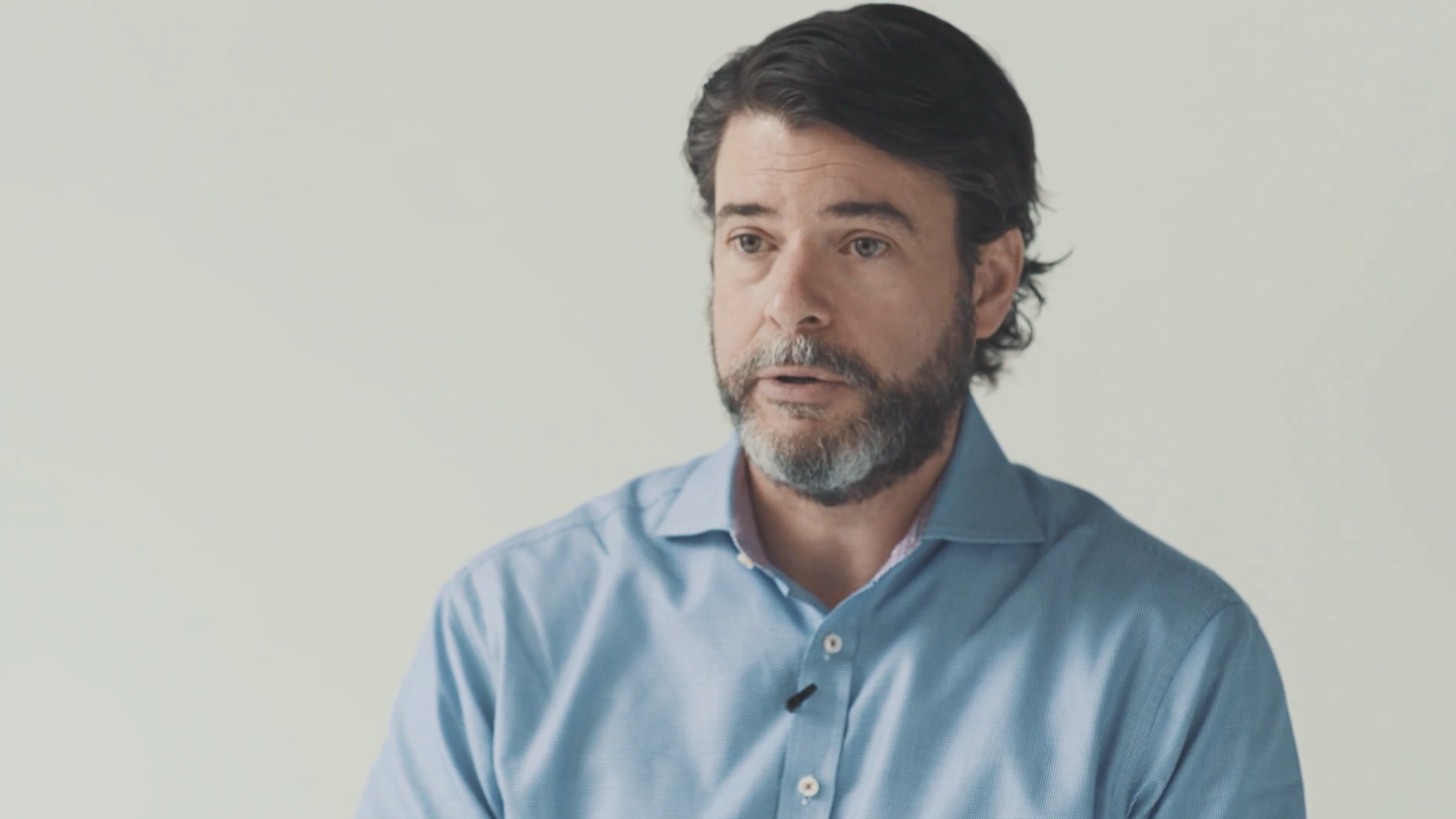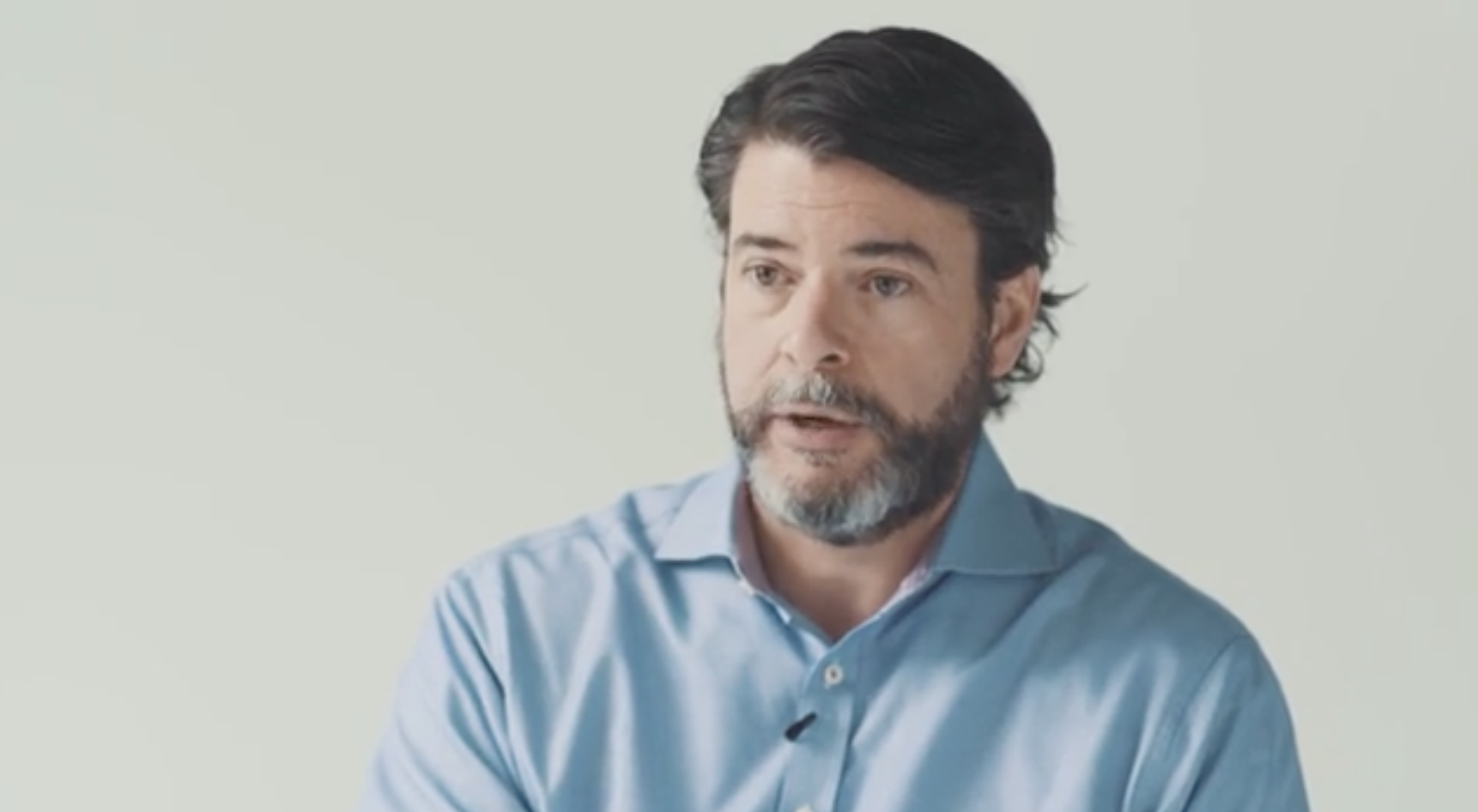One of the reasons why Silicon Valley is very successful is the fact that it has what we refer to as a “market network.” A market network is a combination of talent. You have local universities that have strong domain experience in IT or something of that sort and are graduating students that want to start companies. It has customers, somebody who’s going to be the early adapter and buy the new company’s products.
So, in Silicon Valley that might be Cisco or Microsoft or companies of that sort that are willing to buy from a startup some new compelling technology that they’re developing. They can give feedback to the entrepreneur about what features to prioritize and lets them manage their resource planning and product features more effectively. They get that immediate feedback.
It has what we refer to as a “pay it forward” network as well. They’re entrepreneurs who have been successful. They built or started their company 20 years ago. They went through the hell of starting a company. They succeeded and they sold. Somebody along the way helped them and helped solve a problem or was a key to their success and they feel a moral responsibility to help the next generation. They provide key tactical advise about things to concentrate on.
A market network also has a risk capital. It has people who understand technology, understand when something’s risky or when it’s really not that risky, and who are willing to deploy capital to support new companies.
So the combination of these four elements: talent, customers, capital, and a “pay it forward” network at critical mass makes a technology region very successful at bringing new innovations to market rapidly and at scale. There’s clear evidence in Silicon Valley that that is very strong.
iSelect’s Market Networks
At iSelect, we’re focused on closing the capital gap. How do we bring more capital from the region to companies?
But the other thing we’re focused on is tightening up the market networks in the region, whether that’s St. Louis or Kansas City or Cleveland. In each area there are elements of successful market networks but they may not know each other that well, they may not communicate that much, or they may be stuck on different sides of towns. There are lots of things that separate them currently. The more that we can draw the networks together both physically and virtually improves the efficiency equation around innovation.
So, for example, at iSelect we concentrate a great deal on agriculture, we concentrate on healthcare, we concentrate on energy. In agriculture, we’re building a market network in which farmers and commodity traders are starting to help evaluate the investments we’re making in agriculture and giving us additional feedback on what price would they pay for seed, what types of products are important to them.
If you’re an ag startup, you have to reach out to all those networks yourself. As an investor in ag, why don’t we just have that network pre-established and then match our startups with those companies to give them that extra little bump so that they can get to market quicker, get sales quicker, and learn from the sales process?
We also have a healthcare market network. The early adapters in healthcare are typically doctors. Patients often want new technologies but often the gatekeeper is a doctor. In healthcare, we have built a network of doctors in every major city. There’s a medical society and then the medical society represents doctors that are concerned about the field of medicine, they are concerned about education and new technology.
They’re quite numerous. In the St. Louis area, there are about 1,500 of these people in the key medical society. We’ve drawn them in so that we’re working on therapeutics and new technologies for healthcare. We need doctors that are experts in particular fields like Alzheimer’s or neurological diseases that can assist the companies. They think about their test procedures and patient reactions.
We’re doing research on immunotherapy for breast cancer and we need doctors that are radiologists who can help our startups understand the results of their trials. Then as we, our company, start to go to market, we need doctors that can bring patients for drug trials and help us understand the best patients to test something with. So we’ve built a market network around that for our healthcare companies.
We’re going to do that in all cases of all the major verticals that we’re working with because it helps manage resources effectively. It helps the company grow faster and is essentially the same practice that’s used in all successful innovation markets.





